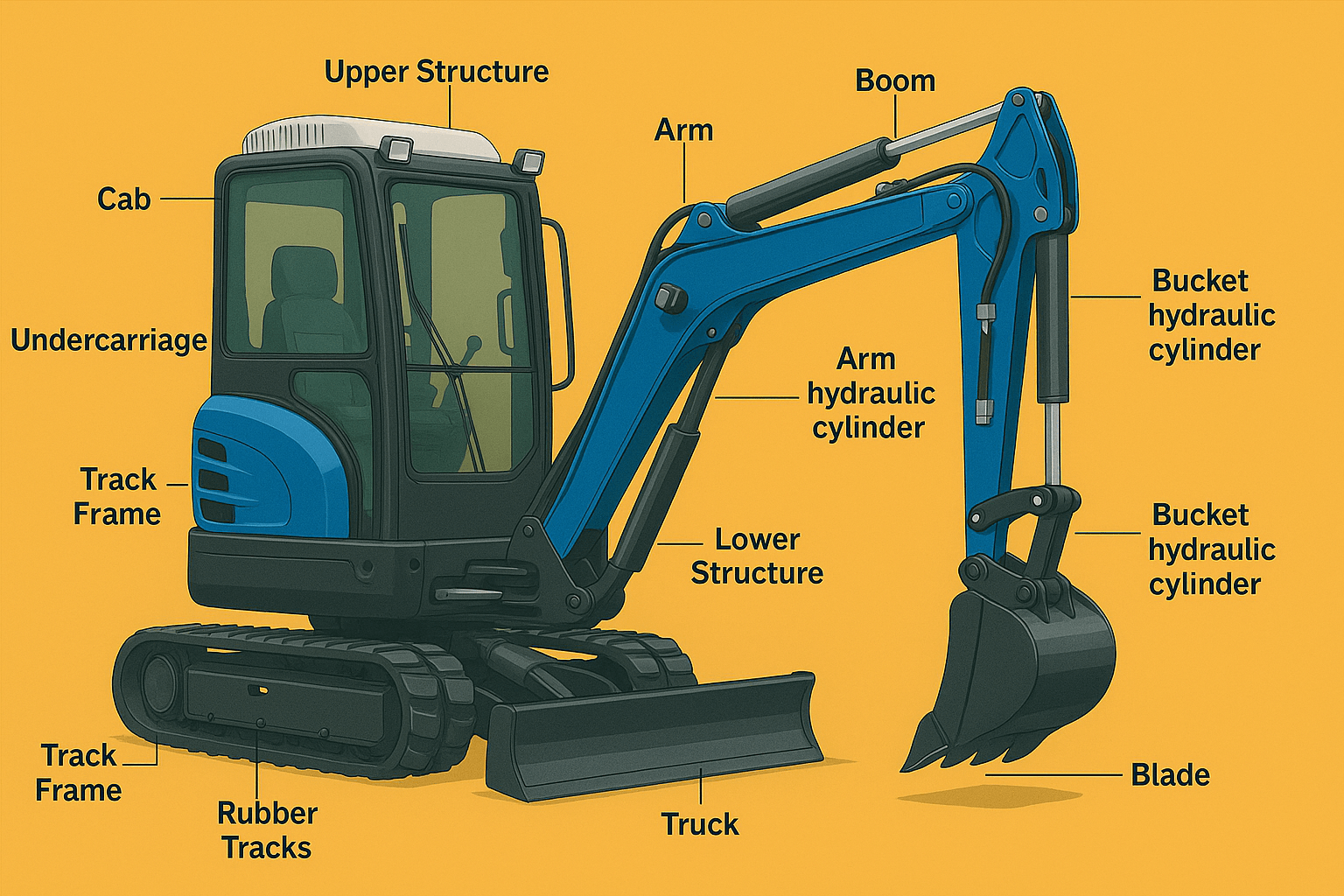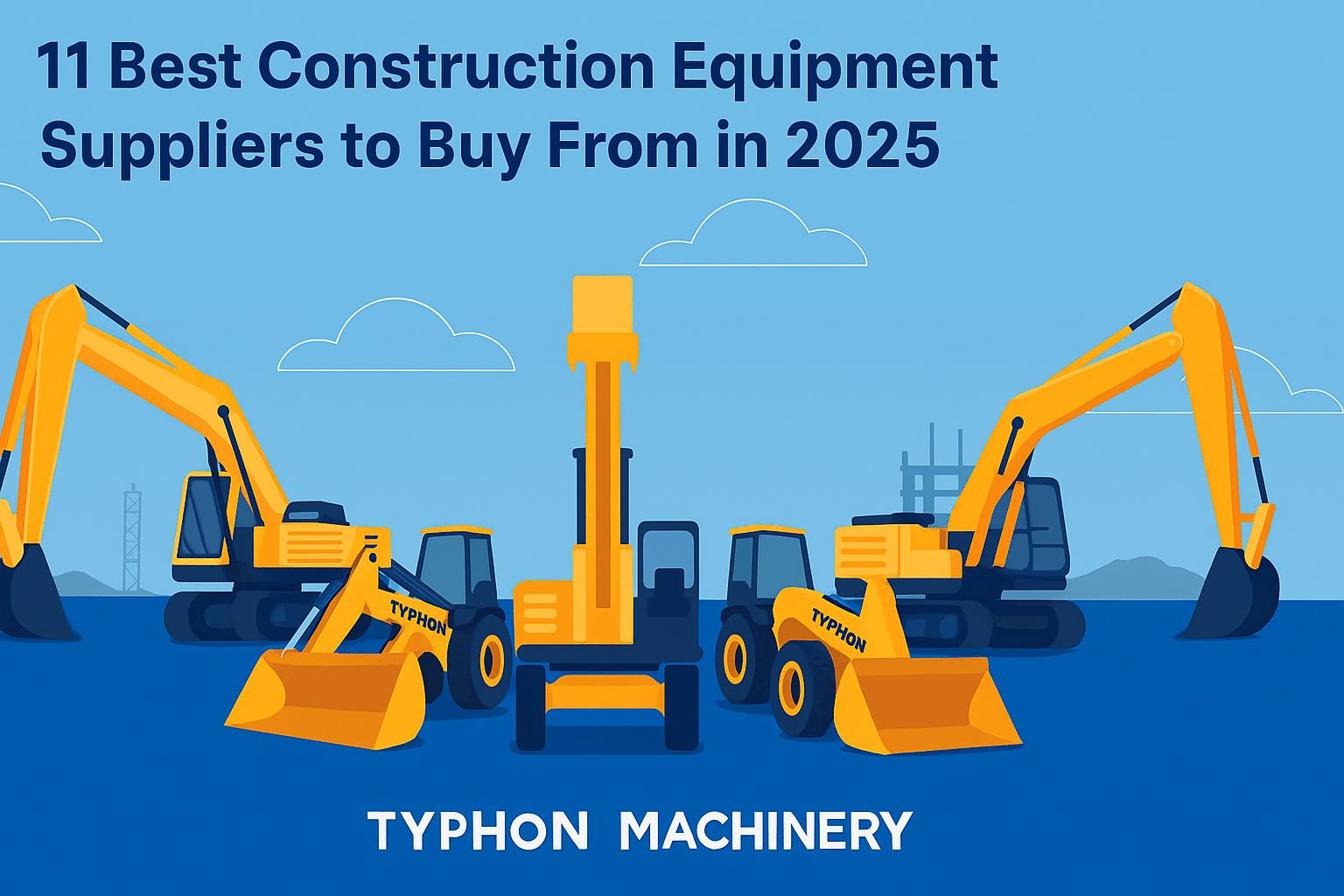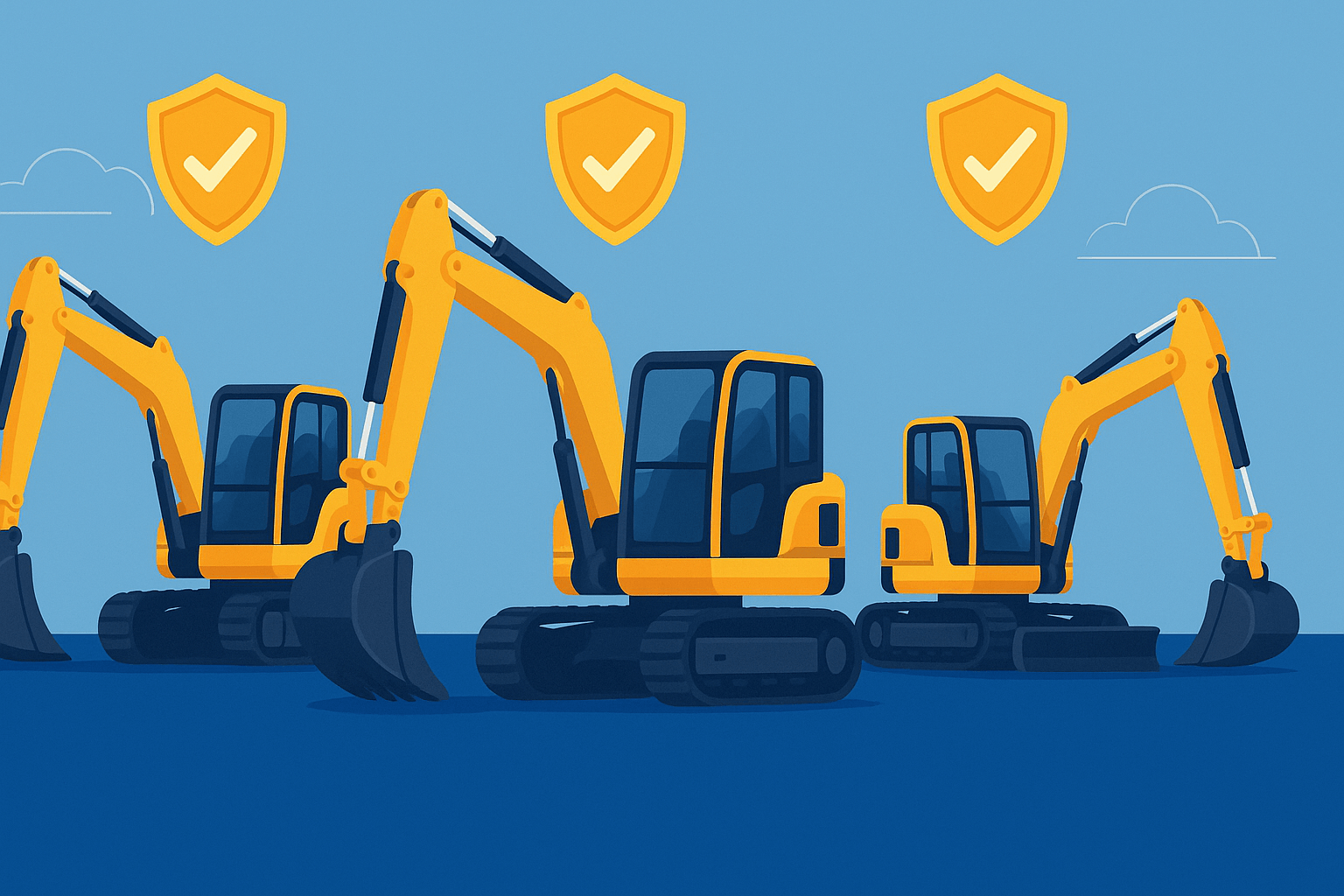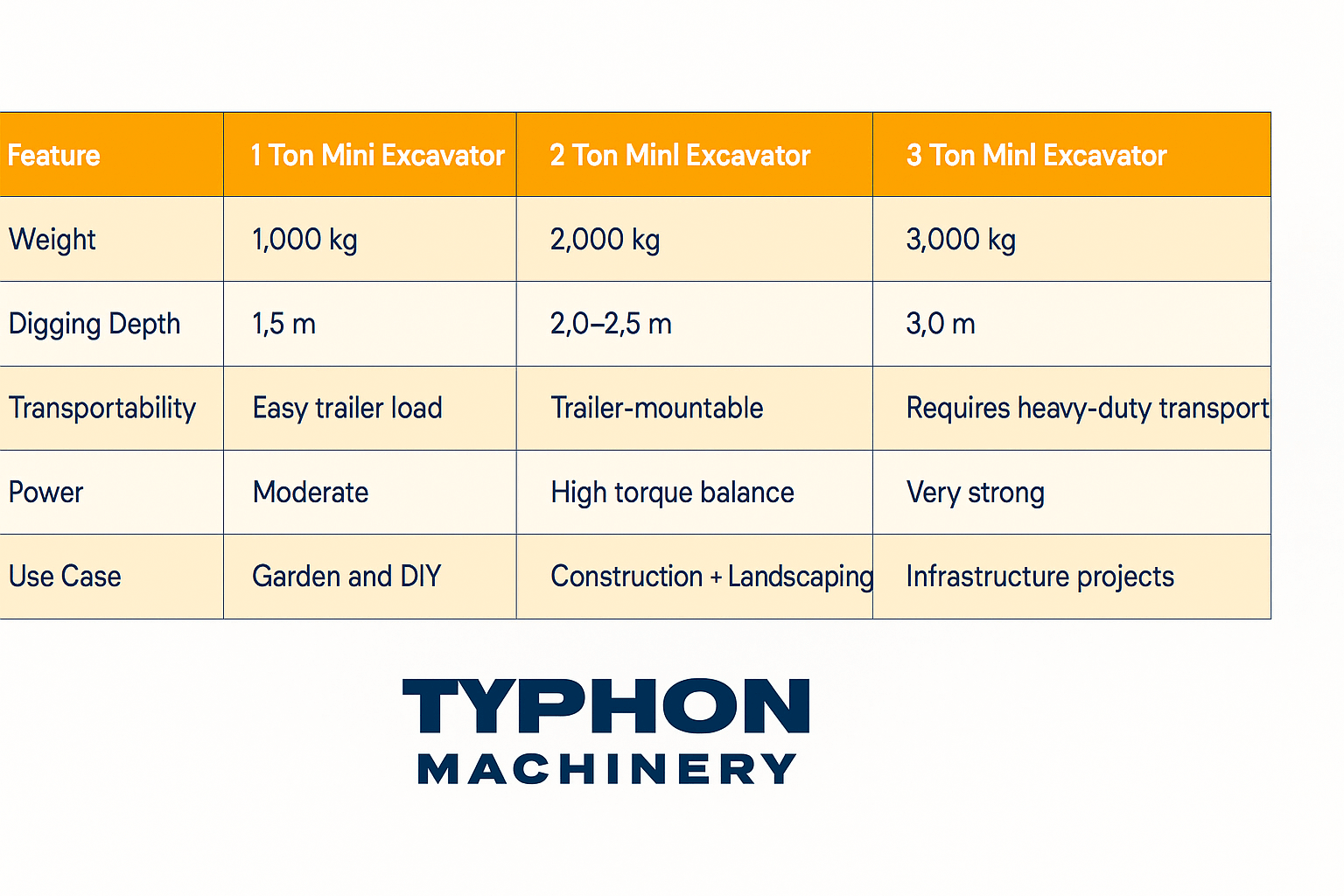Our Wheel loaders are very popular for their extraordinary capability and versatility, making them a very important piece of equipment for construction projects. However, routine maintenance is necessary to keep a wheel loader operating smoothly & Longevity. The essential maintenance procedures for wheel loaders will be covered in this blog post, with a focus on daily inspections as well as technical aspects of maintenance to prolong their lifespan and ensure they work to their full potential.
Pre- and Post-Operation Daily Maintenance
In order to avoid unexpected breakdowns, it’s essential to do a routine inspection before using the wheel loader. Follow these crucial steps to do simple maintenance of your wheel loader:
1. Inspect Fluids and Tanks
- Water Tank: In order to prevent overheating, check the fluids water tank to make sure there is adequate water in it.
- Fuel Tank and Hydraulic Oil Tank: Before starting operation make sure that all of these tanks are filled to the necessary levels to guarantee smooth operation.
- Transmission Oil: Inspect the oil level and add more if necessary.
- Greasing Lubrication Points: In order to reduce wear and tear and friction, grease all crucial lubrication points.
2. Inspect Tire Pressure
- For a smooth operation keeping the right tire pressure is very important. Underinflated tires can reduce efficiency and lead to premature tire wear. Make sure the tires are properly inflated and aligned to prevent slippage on site.
3. Ensure Proper Loading
- To ensure proper loading, the wheel loader should be aligned at a right angle to the material pile. Once the material is lifted, reverse the loader in a straight path to minimize cycle time and boost efficiency.
4. Test all Operational Systems
- Brakes & Steering: Double-check the brakes and verify that the brakes respond correctly and the steering operates smoothly.
- Signaling Equipment: Inspect all signaling lights and warning indicators and ensure all are functioning properly.
5. Listen for Unusual Sounds
- Start the engine and listen carefully for any irregular sounds that may signal mechanical issues. Additionally, check the dashboard for any warning lights or malfunction indicators.
6. Inspect for Leaks
- Check for oil or water leaks around the engine, hydraulic systems, and radiator.
7. Latches and Fasteners
- Ensure that all latches are tight and nothing is free, as these can lead to mechanical failures during operation.
8. Winter Maintenance
- After working in cold conditions, make sure the engine and water tank are drained of any excess water to prevent freezing damage.
Technical Maintenance: After 50 Hours of Operation
Beyond day-by-day maintenance, every 50 hours of operation requires a more detailed assessment and care.
1. Angle and Positioning of Loader
- While loading material with a wheel loader, please ensure to park the dump truck in a way that makes an ideal angle with the wheel loader. A 60-degree angle is suggested to minimize turning and enhance operational efficiency.
2. Loading Efficiency
- When the loader’s bucket is filled and elevated, shake the bucket slightly before dumping the load. This action stabilizes the material and avoids spillage.
3. Heat and Oil Checks
- Regularly inspect the gearbox, clutch, oil pump, and axles for overheating, which could cause deeper mechanical problems later.
By following these daily and Hourly maintenance guides, you can increase the lifespan of your wheel loader while maintaining top performance on the job site.
FINAL WORDS
Doing regular maintenance is essential to keep your wheel loader in working condition. Not only does it reduce your downtime and expensive repairs, but it also improves your machinery efficiency, allowing your loader to work at its full power. Implementing these basic yet effective maintenance steps will help you to get the most out of your machinery.









